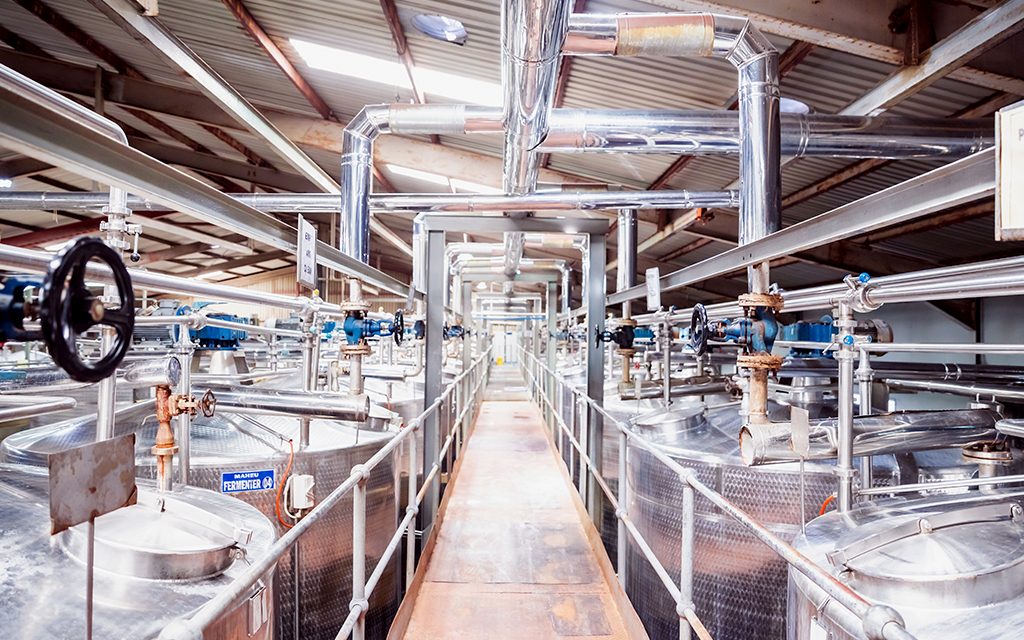At BIORADAR, we aim to help bio-based industries transition to a circular economy. We offer free assessments for companies in bio-based fertilizers, textiles, and packaging, using new circularity indicators. Join us to make circularity part of your product design.

The transition from a linear to a circular economy is critical for sustainability, and bio-based industries have a unique role to play. At BIORADAR, we are working to create a future where circularity is embedded in the design of bio-based systems. Our goal is to help companies improve their products and processes by providing monitoring tools to assess circularity and sustainability. We are excited to invite companies producing bio-based fertilizers, textiles, and packaging materials to participate in our project to measure circularity. By joining us, you will gain access to a free assessment of your products using existing and our newly developed circularity indicators.
Why Measure Circularity?
Circularity indicators are essential for understanding how well bio-based systems perform in a circular economy. These indicators allow you to assess the circularity of your products—from material selection to end-of-life options like recycling and biodegradation.
BIORADAR Circularity Indicators
In BIORADAR, we have evaluated existing circularity metrics and developed new indicators that focus on key aspects of bio-based products, including their lifecycle, recycling potential, and biodegradable content. Here’s a preview of some of the selected indicators:
General Circularity Indicators
Circular index (Enel, 2018): Measures product lifetime, use of recycled materials, and energy consumption from renewable sources. Examples of required datapoints are: (1) amount of recycled materials entering as input to the production system (kg), and (2) energy coming from renewable sources consumed in the production process of the material (kWh).
Biodegradable content (BIORADAR's brand new): Highlights the ability of materials to naturally degrade into non-polluting substances. An example of required datapoints is: mass of biodegradable materials used in the production process (kg).
Fertilizer Circularity Indicators
Circularity Indicator of Nutrient (Cobo et al., 2018): Assesses nutrient recovery from waste streams. Examples of required datapoints are: (1) amount of target nutrient (i.e., N, P or K) contained in the raw material (kg), and (2) amount of target nutrient contained in the finished product (kg).
Nutrient Slow Release Index (BIORADAR's brand new): Compares the ability of the fertilizer to slowly release nutrients to soil, reducing leakage and eutrophication risk. An example of required datapoints is: (1) relative content of nitrogen in soil after X days of application of both the circular and synthetic fertilizers (%).
Packaging Circularity Indicators
Recycling Effectiveness (Roithner & Rechberger, 2020): Evaluates how much material is recovered and reused in the final product. Examples of required datapoints are: (1) mass flow of the target material in the input of the recycling process (kg), and (2) concentration of the target material in each output of the recycling process (%).
Virgin Material Consumption Index (BIORADAR's brand new): Tracks how much of the final product comes from virgin sources. An example of required datapoints is: virgin materials used during the production process (kg).
Textile Circularity Indicators
Resource pressure (Lama et al., 2022): Looks at recyclability and production efficiency, considering planetary boundaries. Examples of required datapoints are: (1) Life Cycle Assessment inventories and impact results, (2) amount of material lost during the production process (kg), and (3) estimated or forecasted fiber useful lifetime (years).
Fibre Treatment Circularity Index (BIORADAR's brand new): Measures the use of non-renewable chemicals in textile treatment. An example of required datapoints is: amount of non-renewable chemicals used in the treatment process (kg).
Why participate?
By engaging with BIORADAR, your company can:
- Gain valuable insights into the circularity of your bio-based products.
- Use our indicators to optimize product designs for circularity.
- Showcase your leadership in the circular economy to policymakers and stakeholders.
- Contribute to a comprehensive database of circularity performance metrics that will help shape the future of bio-based industries
If your company produces bio-based fertilizers, textiles, or packaging materials, we encourage you to join us. Let’s work together to drive the shift toward a more circular bio-based economy. For more information or to participate, contact us at info@bioradar.org.
References
- Cobo, S., Dominguez-Ramos, A., & Irabien, A. (2018). Trade-Offs between Nutrient Circularity and Environmental Impacts in the Management of Organic Waste. Environmental Science & Technology, 52(19), 10923– 10933. https://doi.org/10.1021/acs.est.8b01590
- Lama, V., Righi, S., Quandt, B. M., Hischier, R., & Desing, H. (2022). Resource Pressure of Carpets: Guiding Their Circular Design. Sustainability, 14(5), 2530. https://doi.org/10.3390/su14052530
- Enel. (2018). Circulability model. Methodological approach. https://corporate.enel.it/content/dam/enel-it/azienda/circular/KPIModel_3.2018_en.pdf
- Roithner, C., & Rechberger, H. (2020). Implementing the dimension of quality into the conventional quantitative definition of recycling rates. Waste Management, 105, 586–593. https://doi.org/10.1016/j.wasman.2020.02.034